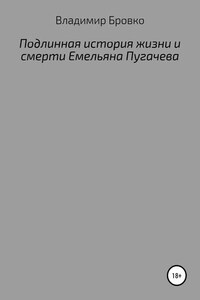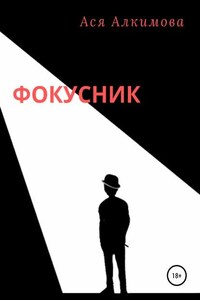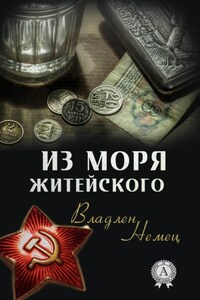âReality is not simply there, it must be sought for and won.â
PAUL CELAN, in answer to a questionnaire from the
Librairie Flinker
In the following pages, I trace Seamus Heaneyâs development as a poet from 1966 to 1996. It was in 1995 that Heaney (who was born in 1939 in Northern Ireland) was awarded the Nobel Prize for this body of work, composed during what he called, in his Nobel Lecture, âa quarter century of life waste and spirit wasteâ (CP, 24). Heaney was referring to daily life in Northern Ireland, disturbed by internal strife since the late 1960s. The Catholic civil rights marches of the sixties (protesting discrimination in jobs and housing, and gerrymandering of political districts), followed by police repression, led to disturbances that the Ulster government attempted to quell in 1971 by the internment without trial of thousands of citizens; in 1972 the (British) army killing of fourteen unarmed Catholic marchers on âBloody Sundayâ provoked direct rule of Northern Ireland from Westminster. Terrorist actions on the part of both the Provisional IRA and the Ulster paramilitaries escalated, and â though motions towards a cessation of violence have been put forward since 1994, a permanent ceasefire is not yet securely in place. These conditions forced Heaney (who had been raised a Catholic) into becoming a poet of public as well as private life.
Heaneyâs poetry has reached a large public in Ireland and abroad, and that public extends to all classes. It is a poetry in which readers can recognize profound family affections, eloquent landscapes, and vigorous social concern. It tells an expressive autobiographical story reaching from boyhood to Heaneyâs present age of sixty, a story which includes a childhood at home with parents, relatives, siblings; an adolescence with schoolfellows and friends; an adulthood with a marriage and children; a displacement from Northern Ireland to the Republic; travels; sorrows and deaths. As each decade of poetry unfolds, it illuminates and corrects the previous ones. Within its autobiographical circuit, it is also an oeuvre of strong social engagement, looking steadily and with stunning poetic force at what it means to be a contemporary citizen of Northern Ireland â at the intolerable stresses put on the population by conflict, fear, betrayals, murders. Heaney has made one imaginative cast after another in an attempt to represent the almost unrepresentable collective suffering of the North, yet he has tried, equally consistently, to bring intellectual reflection to the emotional attitudes that too often yield the binary position-taking of propaganda.
These would seem to be the achievements of Heaneyâs poetry; and most of his readers, if asked, would cite the autobiographical and the political as aspects drawing them to his poems. But these thematic elements do not by themselves make for memorable poetry, and the powerful symbols Heaney has found for his poetry are responsible for much of its effect. His commentators find themselves talking not merely of but within those powerful symbols â the exhumed bog bodies in North, the Lough Derg pilgrims in Station Island, the political parables of frontiers and islands in The Haw Lantern. Heaney has made out of his symbols a shorthand for his era. Yet even adequately-imagined symbols do not suffice for memorable work: poetry needs words and syntax as strikingly expressive as its themes and its symbols, and it also requires internal structures that âact outâ the emotions they exist to convey. Heaneyâs language is unusually rich in simplicity as well as in ornateness, each where it suits; his syntax is sinuous and expressive, whether it is sternly terse or restlessly mobile; and his highly-developed sense of internal structure gives his poems a satisfying musical ârightnessâ as they unfold. Each of his volumes ambitiously sets itself a different task from its predecessors; each takes up a new form of writing; and just when one thinks one knows all of Heaneyâs possibilities of style, he unfurls a new one. His readers, even when they do not notice technique in any explicit way, are being persuaded into the poem by words, by syntax, by structures, as well as by themes and symbols. âFeeling into Wordsâ, the title of an early essay by Heaney, can be taken as the motto for all his work








